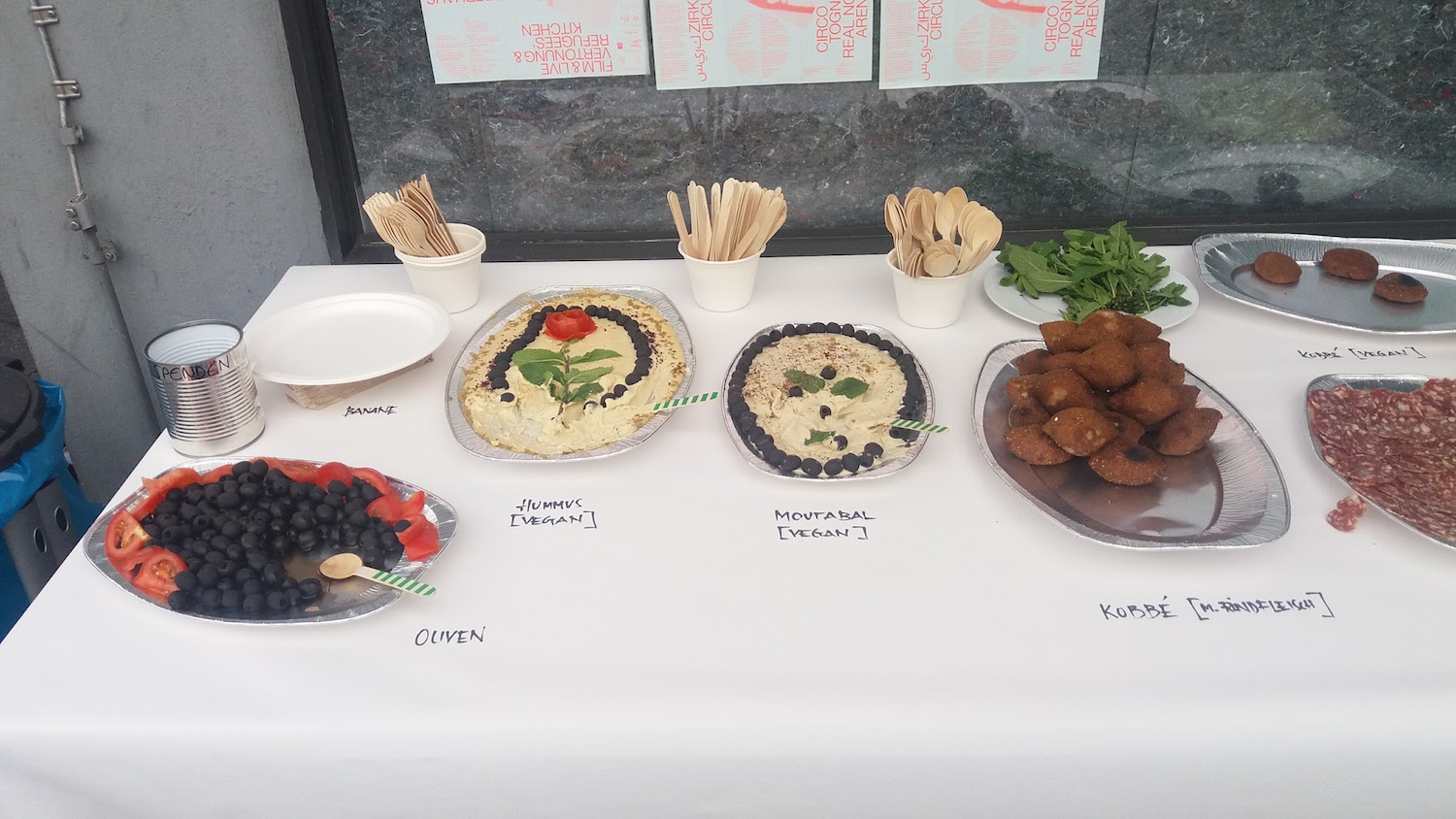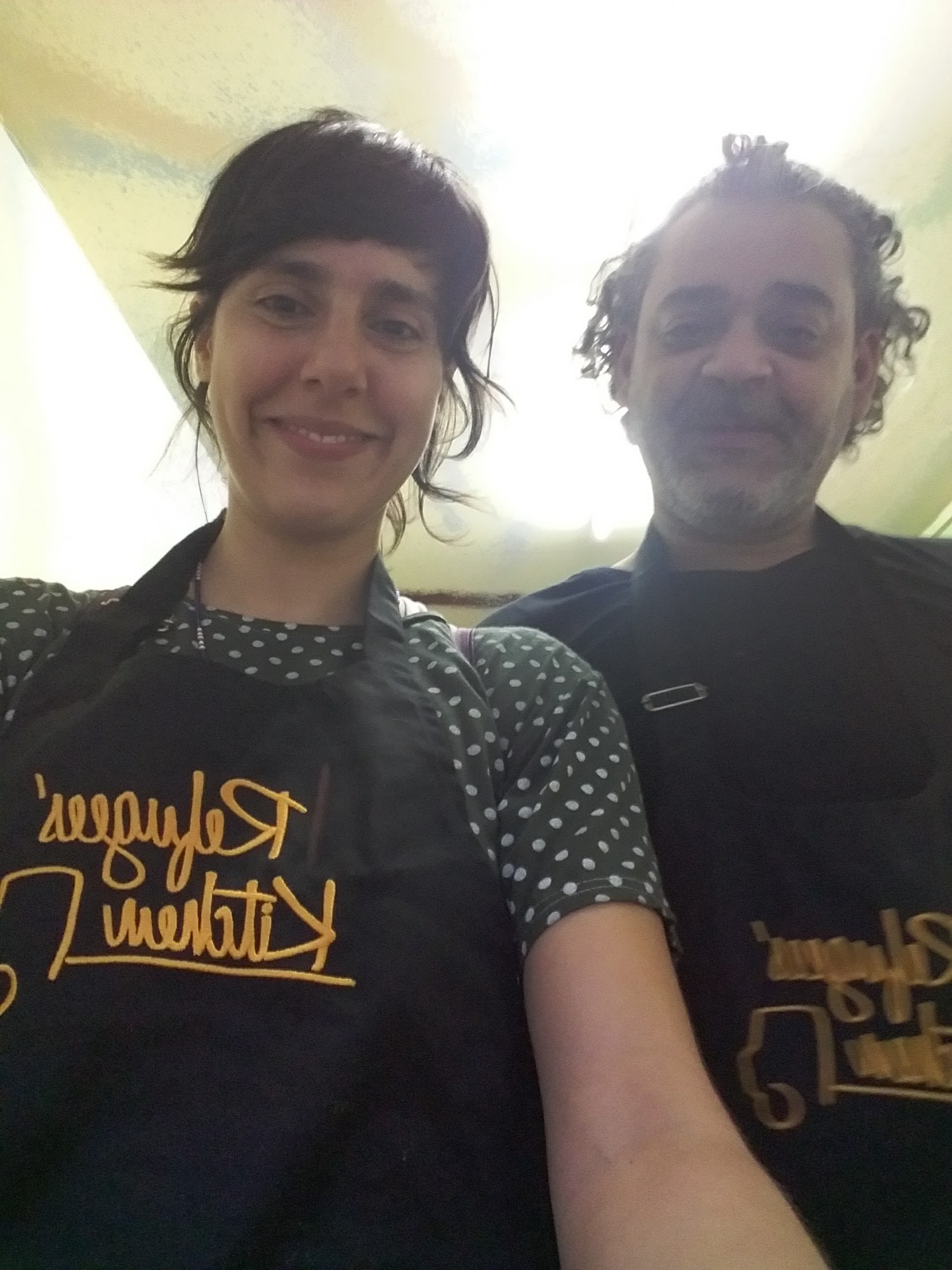WHEN THE UNEXPECTED TURNS INTO NICE SURPRISES
30.05.17written by: Marcela Ceballos
Last week, I visited Oberhausen for the first time. Full of expectations, I arrived at the city which I got to know because of a cultural project that, for a decade, has been actively creating and reflecting on the transformation of the community: Kitev. My name is Marcela and I came from Colombia to live in Germany last year. I studied Industrial Design and Cultural Management in my country and I am currently making a master program in Dessau-Rosslau called Design Research. Nowadays I am dedicating my time to investigate proposals led by designers, artists or architects that are reframing the way we are conceiving immigration and cultural integration, and therefore, rethinking the ways we are living and building our realities together.
I came to Oberhausen basically guided by my curiosity and the possibility to get to know two projects for my research, both coordinated by Kitev. My itinerary: I was going to watch the projection of an Italian movie in Das Oberhaus with different members of the community, as well as taking a look at the work of Refugees’ Kitchen that was offering delicious food to all the people who wanted to come. I was supposed to leave the same day after the event, but I stayed. And I stayed because the processes that I got to see represent, to my opinion, well- focused achievements regarding intercultural projects. I also stayed because some barriers that I didn’t even imagine I had started to gradually decrease while the time was passing. And I wanted a deeper understanding. Suddenly, I found myself in a very international atmosphere, sharing stories, food, and points of view with very interesting new people.
It might sound that there is nothing new on bringing people together. And maybe there isn’t. But the thing here is not necessarily the novelty, but the possibility of establishing a clear ground for this encounters to happen in the most natural way, as well as offering platforms for interchange and the exploration of creative skills: not an easy task. As a designer, I am convinced there are plenty of potentials for designers, artists and architects to be involved in the generation of such platforms. In the Kitev cases, these platforms take the shape of an itinerant kitchen and that of a cultural center in a very special high-riser building, but the possibilities that go beyond the shape are unimaginable. This is possible if we can understand our role in the facilitation of cultural interactions and in the creation of spaces for collaboration and empathy generation.
I also believe that cultural integration is a matter that concerns us all because it can reshape values in our societies and in the way we relate as human beings. Of course, it is one of the mainstream topics of the governments’ agendas these days, and it should be. But while the big scale, massive solutions are being discussed, more local orientations need to be developed in order to tackle everyday life situations that cannot be detected in bigger measures. Then, it is particularly beautiful to see how people from different backgrounds and nationalities gather together to reassess a situation that represents a problem for many, but that they are assuming as an opportunity to build more tolerant and diverse environments. And that is what I saw and loved about Oberhausen: there is a community taking care of their future and in their co-existence.


